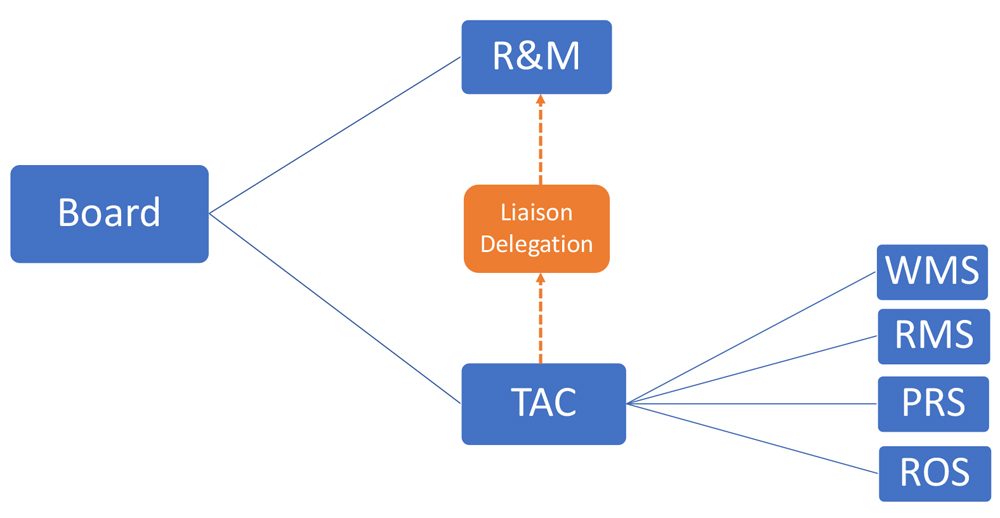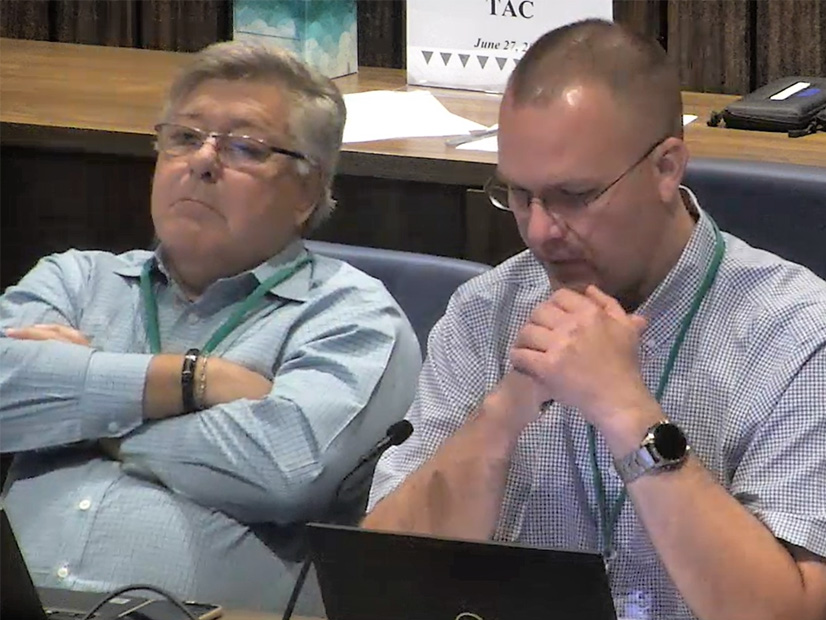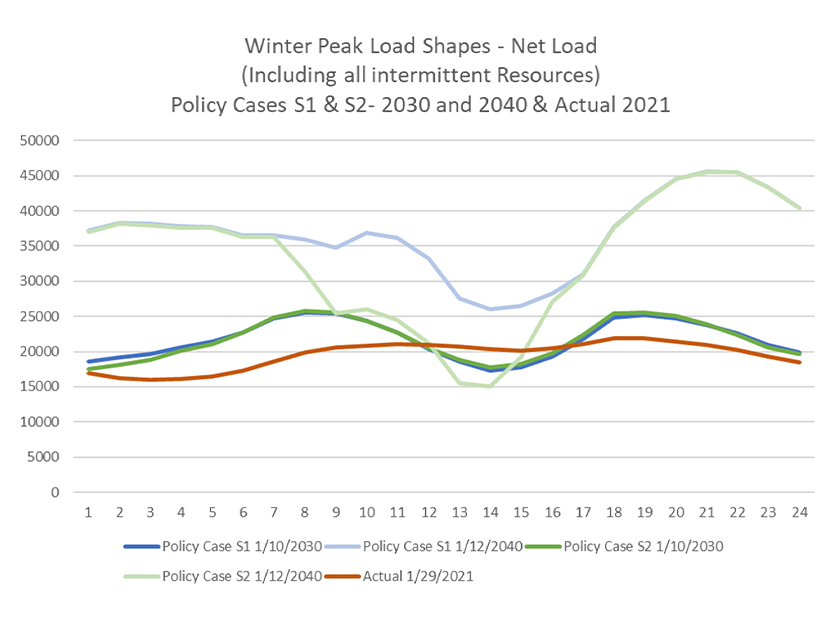Oregon is setting a course to adopt proposed California regulations that would require both states to phase out the sale of gasoline-powered cars by 2035.
Oregon is already one of 17 states to have adopted California’s vehicle emissions standards under Section 177 of the Clean Air Act. That federal statute allows states to substitute the California Air Resources Board’s (CARB) strict emissions rules for the U.S. EPA’s less stringent ones.
CARB’s existing set of tailpipe rules, Advanced Clean Cars I (ACC I), cover the control of both smog-producing criteria pollutants and greenhouse gas emissions. A later amendment to ACC I added a “technology-forcing” component that requires automakers to sell a specific percentage of the cleanest cars available each year, including full battery-electric, hydrogen fuel cell electric and plug-in hybrid electric vehicles (PHEVs).
CARB’s proposed ACC II rules would expand the standards to require all cars sold in California to be zero-emission vehicles (ZEVs) beginning in 2035. The proposed rules would require 35% of the state’s auto sales to be ZEVs by 2026, 51% by 2028 and 69% by 2030. (See CARB Tuning up Advanced Clean Cars II Rules.)
CARB expects to release a draft final version of the rules this month, followed by a 15-day comment period.
Rachel Sakata, senior air quality planner for the Oregon Department of Environmental Quality (DEQ), said her agency thinks the CARB timeline for adoption is doable for Oregon, despite a current shortage of vehicles and the fact that ZEVs accounted for just 7.8% of the state’s passenger car purchases last year, compared with the state’s 4.5% requirement for 2021. ZEV sales are projected to hit 9.9% of total sales this year, exceeding the 5.3% requirement, indicating the state could meet the more aggressive ACC II goals.
“This is something that we as a state feel is going to be achievable for the manufacturers just given where they’re going with vehicle sales right now and what they are planning to do in the future,” Sakata said Wednesday during a DEQ webinar to launch the process for adopting the ACC II rules.
DEQ would be charged with administering the rules, if adopted. Adoption of the program would exceed the mandate laid out in Oregon Senate Bill 1044, which requires that at least 90% of all passenger vehicle sales in the state be ZEVs by 2035.
Mirroring California
During Wednesday’s call, Sakata acknowledged that the costs of most battery-electric vehicles (BEVs) still put them out of reach for many residents. But she expressed confidence the price gap with conventional cars will narrow as automakers scale up battery production, with price parity for most vehicle types projected to be reached around 2033. In the interim, she pointed out, Oregon offers incentives to make BEVs more affordable.
“We’re cognizant that until there’s this price parity, there’s going to be a little bit extra needed to help people make this transition to electric vehicles,” she said.
Although Section 177 gives states some flexibility in how extensively they adopt the full set of ACC II rules, Sakata said Oregon will be looking to “pretty closely mirror what California has proposed.”
That would include updating the program in which auto manufacturers earn credits for the number of clean vehicles they sell in the state. Oregon’s updates would likely follow California’s proposals, including a requirement that vehicles eligible for earning credits have a minimum electric range of 150 miles for BEVs and 50 miles for PHEVs.
A “durability” component of the credit program would require that vehicle batteries retain 80% of their certified range for 10 years or 150,000 miles and be equipped for Level 1 or 2 charging capability. Manufacturers would also have to make provisions for battery recycling.
The credit program would also mirror California’s overall design of allowing automakers to bank “historical” credits for future use after they fulfill a sales requirement in a given year. Manufacturers could also cash in “pooling” credits accumulated across other participating ACC II states with high EV sales.
The DEQ is also looking to adopt a provision in which automakers can earn environmental justice (EJ) credits through efforts to get EVs into disadvantaged communities. That would include offering discounted vehicles to community-based clean mobility programs, ensuring the availability of used EVs or making lower-priced EVs.
Following the California plan, Oregon would cap automakers’ annual use of historical credits at 15% of all credits and EJ credits at 5%. Pooling credits would be capped at 25% starting in 2026, declining to 5% in 2030.
One participant on the call asked whether Oregon has the grid capacity to handle the influx of EVs that would result from adoption of the rules.
Sakata said the state is working to increase the number of EV charging stations statewide, including a $100 million investment by the Oregon Department of Transportation over the next five years to install chargers along major road corridors and to increase charging access in rural areas, underserved communities and at apartment complexes.
“We’re working and talking with the utilities, as well as the Public Utility Commission about what’s going to be needed to ensure that there’s adequate infrastructure buildout and adequate charging capability to meet this demand,” Sakata said.
The DEQ will hold public stakeholder meetings to discuss the rules in July, followed by advisory committee meetings in July and August. Agency staff expect to post draft rules for comment in September and will seek approval of the final rules by the state’s Environmental Quality Commission in November or December.



